Trying to figure out which city is India’s cultural heart? Forget just looking at travel guides—ask anyone who’s actually lived in or explored the country in depth, and the name Varanasi pops up fast. This isn’t just hype. People have called it the oldest living city on Earth, and every part of daily life here feels like a walk-through history.
What makes Varanasi so unique? Everyday moments aren’t just for locals—they’re like open invitations for anyone to watch, learn, and even take part. You can catch sunrise rituals on the Ganges River, see artisans weaving silk, and eat chaat that’s been served on the same corner for decades. It feels less like sightseeing, more like joining a living tradition.
If you want to really get into the roots of India—its music, dance, street food, and layered rituals—Varanasi keeps things raw and real. Prepare for sensory overload, but in the best possible way. Each alley tells a new story, and honestly, there’s no city like it anywhere.
- Why Varanasi Stands Out
- Cultural Highlights and Experiences
- Food, Crafts, and Traditions
- Tips for First-time Visitors
Why Varanasi Stands Out
Varanasi does a lot more than just look old on postcards—it actually lives its history every day. People have been gathering here for over 3,000 years, making it one of the longest-inhabited cities in the world. And we’re not talking faded ruins—this place still buzzes with rituals that you won’t find anywhere else.
The city is famous for its riverfront, called the ghats. More than 80 ghats line the Ganges, where locals and visitors both take part in prayers, cremation ceremonies, and festivals like Dev Deepawali—when a million lamps light up the steps. It isn’t staged for tourists, either. This is actual daily life for thousands who live by rules that haven’t changed for centuries.
- Spiritual Center: Varanasi is the most important city for Hindus. They believe dying here breaks the cycle of rebirth, so thousands come every year for their final rites or to wash away sins.
- Cultural Melting Pot: You’ll hear Sanskrit chants at dawn, see Buddhist monks at Sarnath nearby, and spot Jain and Sikh temples all around the city.
- Music and Arts: Varanasi produced legends like sitar maestro Ravi Shankar. Evenings by the river sometimes include free music performances just because that’s the vibe here.
- Educational Hub: Banaras Hindu University (BHU) is one of Asia’s largest, keeping the city filled with young energy, cultural events, and students from all over India.
Daily life in the city revolves around tradition and ritual, but the place doesn’t feel stuck in the past. Peek inside tiny workshop doors and you’ll see silk weavers and wood carvers still using the same tools as their ancestors. Locals are quick to show you how things are made—whether it’s banarasi sarees or kachoris fried right on the street.
How big is the cultural scene here? Check this out:
| Key Aspect | Varanasi Stat |
|---|---|
| Number of Ghats | Over 80 |
| Annual Pilgrims (est.) | More than 3 million |
| Historic Temples | Over 1,500 |
| Major Annual Festivals | 60+ (including Holi, Diwali, Dev Deepawali) |
This is what makes Varanasi stand out over any other city when it comes to cultural tourism in India. It’s the sort of place where big history lessons and small daily habits mix together—nothing feels fake or staged. If you're hunting for real culture, this is it.
Cultural Highlights and Experiences
Walk into Varanasi, and you’ll run into centuries worth of culture packed into a few square kilometers. Forget big museums—here, the streets, rivers, and temples are the true galleries. This city hosts daily rituals that attract not just locals but people from around the world.
Don’t miss the evening Ganga Aarti at Dashashwamedh Ghat. Every night, priests perform a synchronized ceremony with fire, bells, and chanting right on the riverbank. Thousands gather for this, and even if you stand at the back, you’ll feel the energy. It’s not staged for tourists—this is how Varanasi does daily worship. If you want to photograph it, get there early for a good spot or rent a boat for a river view.
Another core experience is exploring the twisting alleys of the old city. You’ll find temples everywhere—Kashi Vishwanath Temple is the most famous, but there are hundreds of smaller shrines tucked away. Locals say about 23,000 temples and shrines exist here—the city literally lives and breathes its faith.
Music fans are in for something special. Varanasi has been a base for famous classical musicians such as Ravi Shankar and Bismillah Khan. You’ll stumble across impromptu performances at ghats or in music schools. Many guesthouses even host evening recitals, so ask around—it’s far more intimate than a big concert hall.
If you love festivals, time your visit for Dev Deepawali in November. The ghats light up with millions of earthen lamps, making the river glow—locals say it’s even bigger than Diwali here. Holi and Maha Shivaratri are also celebrated at a whole other level, with non-stop processions and street action.
- Join a morning boat ride during sunrise—you’ll see everything from laundry to meditation to prayer rituals.
- Visit a silk weaving workshop. Varanasi saris are world-famous. Most are still made by hand on wooden looms.
- Try a music class, even if you’re a beginner. Several schools offer quick workshops in sitar or tabla basics.
Just how busy does Varanasi get? Here’s a quick look:
| Event | Estimated Daily Visitors |
|---|---|
| Ganga Aarti (peak season) | 15,000+ |
| Kashi Vishwanath Temple | 20,000 - 50,000 |
| Dev Deepawali Festival | Over 500,000 |
If you’re after cultural tourism, few places will give you as much action in one spot. The mix of rituals, art, and street buzz is something you won’t find anywhere else in India.
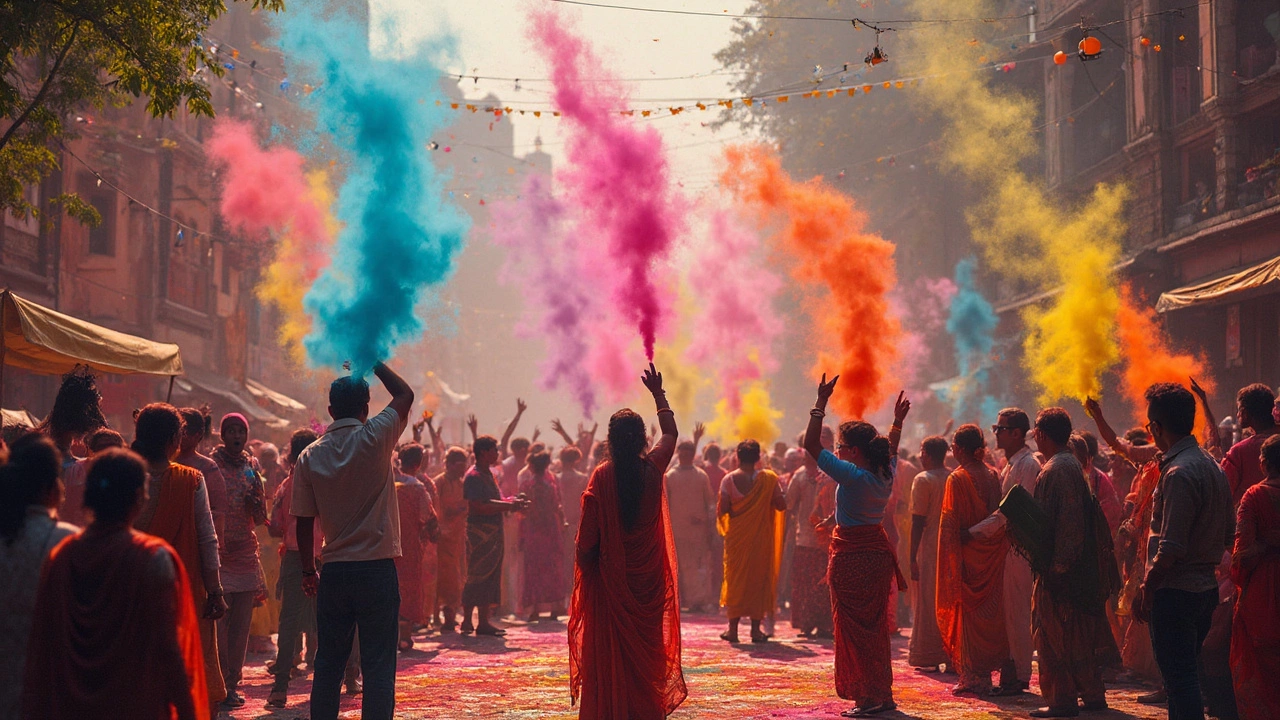
Food, Crafts, and Traditions
If you’re heading to Varanasi, get ready for an eating adventure. The street food scene here is something you won’t want to miss. Start the day with a kachori sabzi breakfast—crispy bread stuffed with lentils, dunked in spicy gravy. Later, hunt down some tamatar chaat, a sweet-spicy snack you’ll only find in this city. Lassi shops dot every corner, and a glass of thick, creamy lassi is basically a local handshake. Don’t leave without trying banarasi paan, a unique mix of betel leaf, areca nut, and sweet fillings, super popular after meals.
People come from all over India just to buy Banarasi silk. These sarees aren’t just famous—they’re legendary. Each saree is hand-woven, with gold and silver thread often woven into detailed patterns. This craft has been going on for centuries and, if you’re into souvenirs, nothing beats a silk scarf direct from the source. Artisans work in small family workshops tucked away in old neighborhoods, so you’re seeing real hands-on work, not mass-produced stuff.
Tradition runs deep here—especially when it comes to daily rituals and festival celebrations. Every evening, locals and visitors gather for the Ganga Aarti at Dashashwamedh Ghat. Think synchronized chanting, fire lamps waving in the air, and drums thumping loud enough to feel in your chest. Major festivals like Diwali and Holi turn the city into a wild splash of color and sound, pulling travelers right into the action. Even the way people greet, dress, or share snacks ties straight into centuries-old customs.
| Thing to Try | Where | Best Time |
|---|---|---|
| Kachori Sabzi | Godowlia Chowk | Early morning |
| Banarasi Silk Shopping | Chowk, Thatheri Bazar | Afternoon |
| Ganga Aarti | Dashashwamedh Ghat | Sunset |
Looking for a real deep dive into cultural tourism? Hang around long enough and you’ll notice small traditions everywhere—like boatmen offering tiny flower lamps for river wishes, or kids flying kites on rooftops after school. Varanasi’s the kind of city where culture isn’t just for show—it’s part of life, all day, every day.
Tips for First-time Visitors
So you’re heading to Varanasi for the first time? Get ready for an experience that feels totally different from anywhere else. Here are some practical tips to make your trip smooth and memorable.
- Cultural tourism here is about joining in, not just observing. At sunrise, head to the main ghats like Dashashwamedh or Assi and watch the morning rituals. You’ll see people bathing, singing, and praying all at once.
- Dress modestly, especially near the river and temples. Simple clothes are the way to go—think long pants and tops with sleeves. You’ll blend in better and avoid unwanted attention.
- Getting lost in the Old City’s alleys is part of the fun. Maps can be useless here, so trust your sense of direction or ask a local shopkeeper for help. Most people are used to travelers and happy to point you the right way.
- Cash is king. Many places, especially food stalls or handicraft markets, don’t take cards. Keep small notes handy for snacks, rickshaws, and little purchases.
- Street food is amazing but stick to busy stalls where locals eat. Chaat, kachori, and lassi are must-tries, but only from places that look clean and crowded.
- Photography is tempting, but always ask before snapping portraits, especially of people bathing or performing rituals. Some areas near the ghats are off-limits for photos.
- It gets hot and crowded, especially around festivals or evening aarti. Bring a bottle of water, some hand sanitizer, and keep your valuables zipped up or in a front pocket.
- If you plan to attend the popular Ganga Aarti, show up early for a good spot and expect a crush of people. It’s loud, smoky, and unforgettable—but watch your stuff in the crowd.
One last thing—don’t try to do too much in a day. Soak in the vibe, chat with locals, relax by the river. You won’t see everything, but you’ll feel the heart of the city. That’s what makes it special.
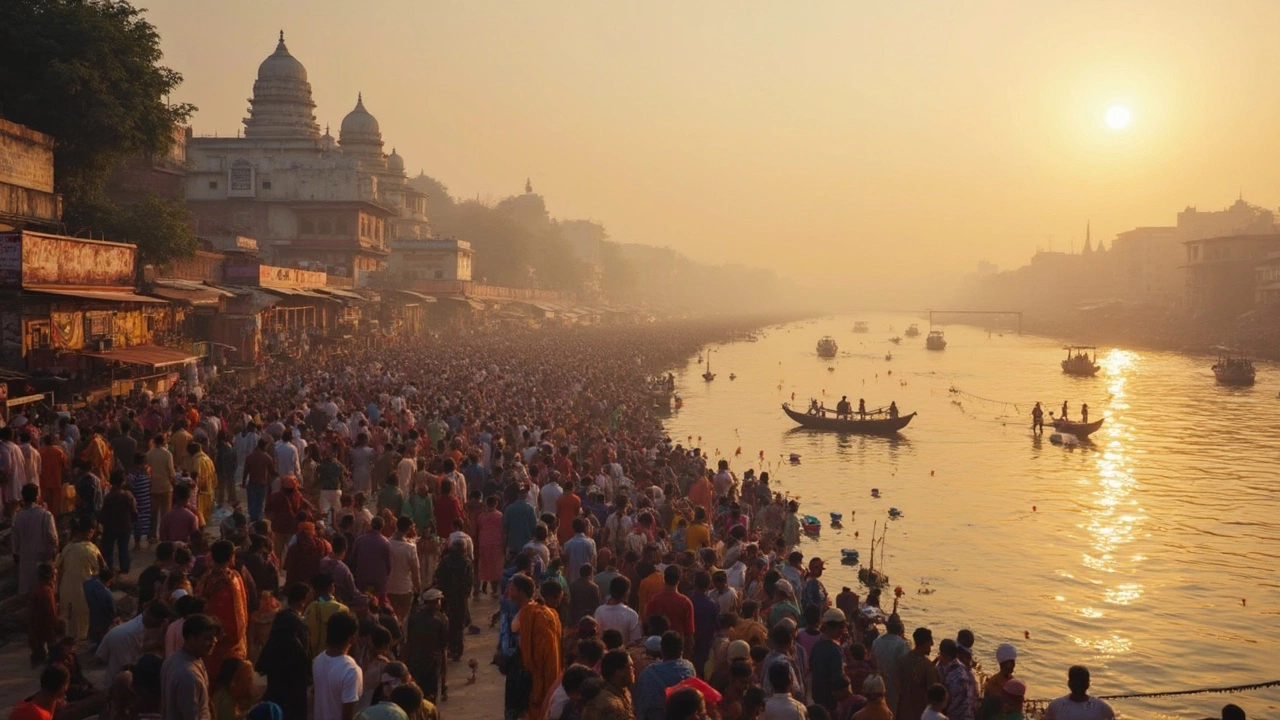
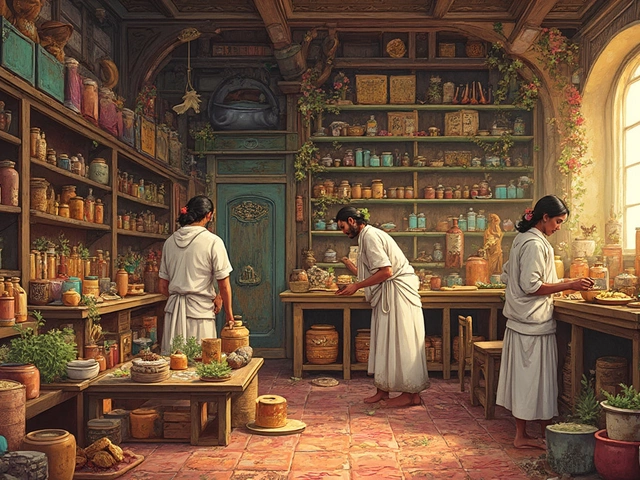
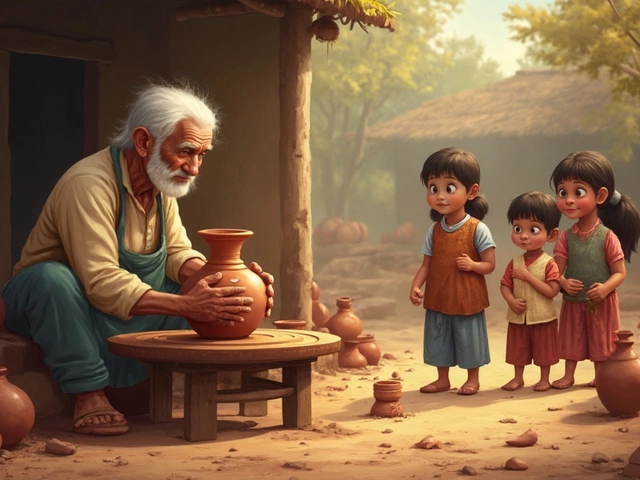
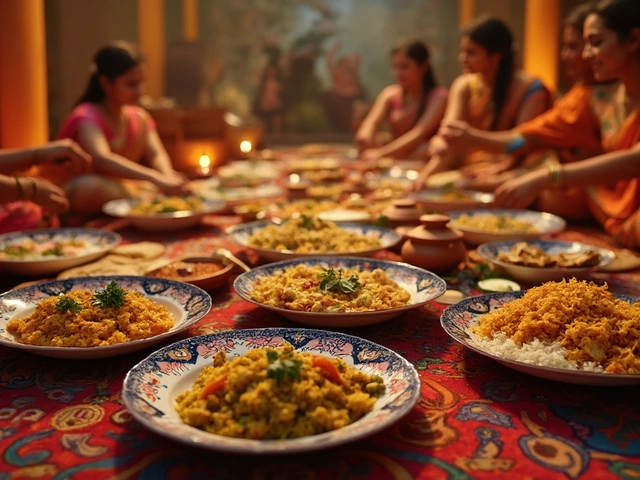
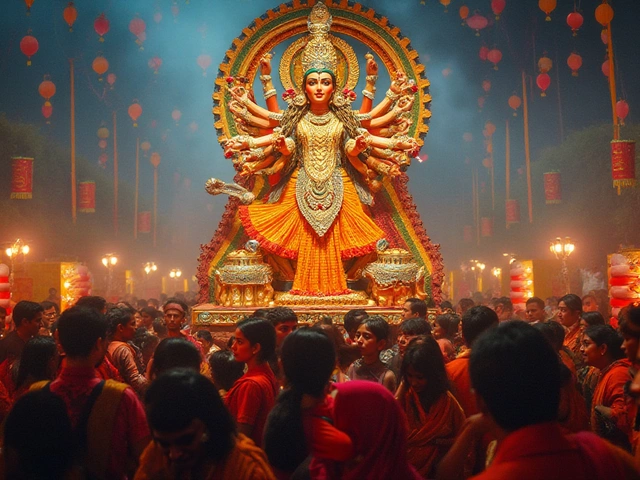
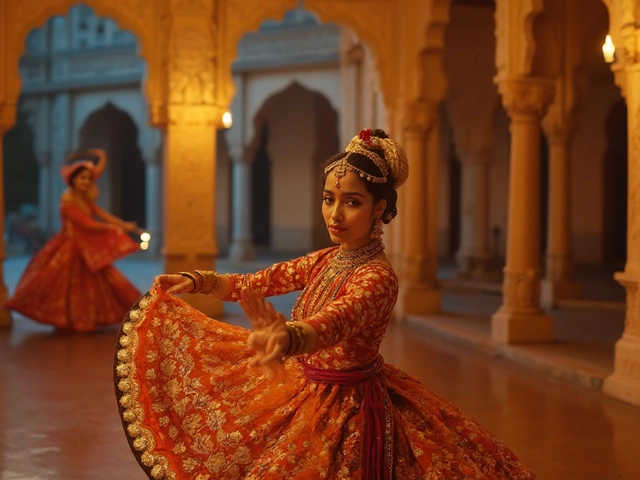
Write a comment